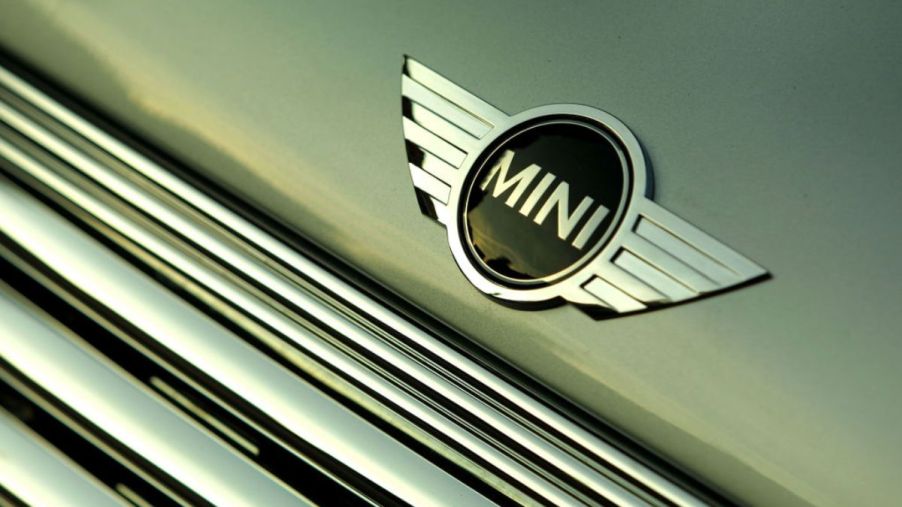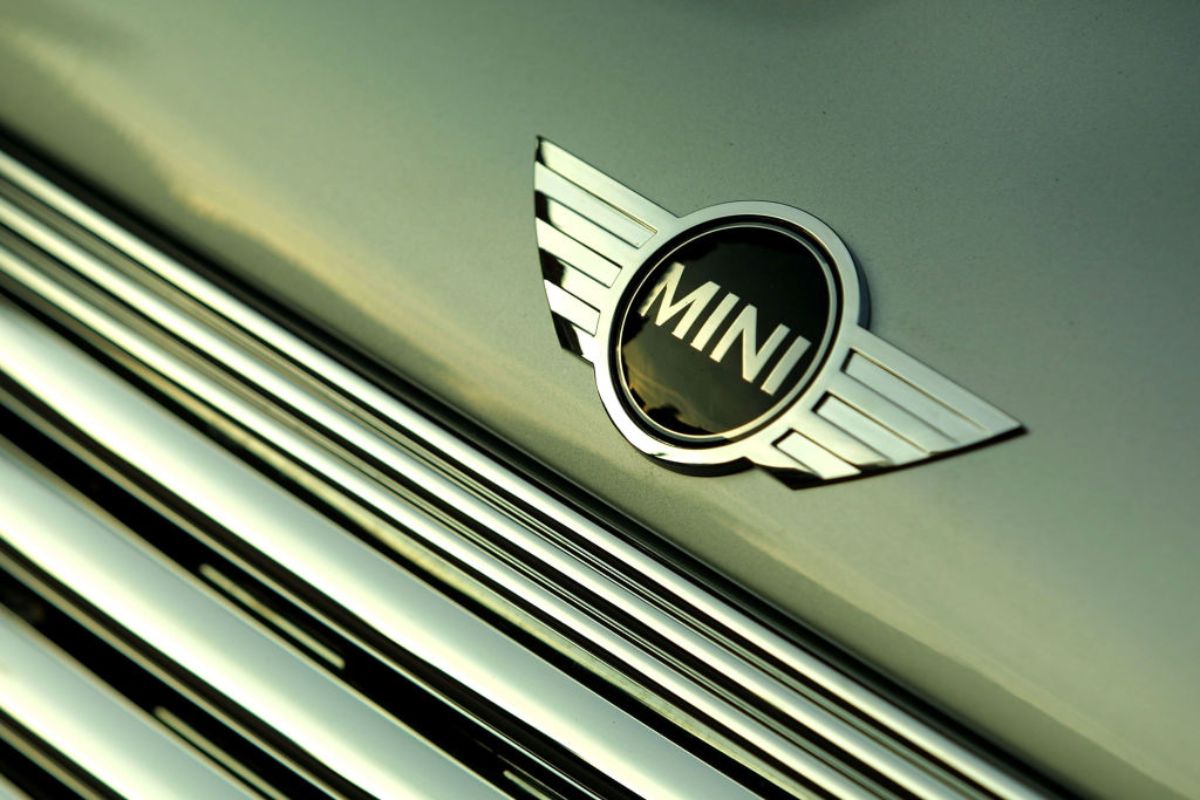
What Do the Letters Mini Stand For?
Mini is a British automaker that is known for making compact cars that are so unique they can never be mistaken for another vehicle. Many people love them for their small size, and cute looks. But is the name Mini based off of their size, or does it stand for something else?

The history behind the Mini is very interesting
As so often happens with many inventions, the Mini came about because some other product was becoming too costly for the average consumer. It should come as no surprise that the Mini was designed due to the rise of gasoline prices after WWII came to an end.
Mini USA explains all this by stating,
“The year was 1957, and in post-World War II England the Suez Crisis had sent fuel prices soaring, leading many to start wondering if the large, gas-guzzling vehicles of the day made much sense. So Sir Leonard Lord of the Morris Company issued his top engineer, Alec Issigonis, a challenge: design and build a small, fuel-efficient car capable of carrying four adults, within economic reach of just about everyone.”
Issigonis went on to invent the first Mini, known as Mk I, as well as flipping the engine sideways and moving the wheels to the corners to create more room. While many consumers were initially hesitant about these tiny cars, that swiftly changed.
In 1961, the British racing legend John Cooper helped design the Classic Mini Cooper 997. It became a racing hit, and soon truck and station wagon versions were released. The Mini became so popular, it earned the title “European Car of the Century.”
In 1994 BMW, as part of the Rover Group, purchased Mini. BMW changed the name to MINI in all caps in 2000, and it continues to wow consumers.
What does Mini stand for?
So where does the name Mini come from, and what does it mean exactly?
Back in 1959 when the first Mini was launched, it was produced by BMC (British Motor Corporation). Interestingly enough, Mini never actually appeared on any branding, at first. Top Speed points out that in early advertising for the Mk I, the name used was actually “SE7EN”.
This may have been because there was a Morris model known as the Minor. This name was chosen because the vehicle was rather small, and Minor roughly translates to “smaller” from Latin.
Regardless, there could be no more fitting name than “Mini” for the vehicle that Issigonis designed. It became known as a Mini. The Mk I stood for Mini Mark I.
Mini didn’t actually get its own official marque, or brand, until the Mk II came out in 1969. Up until this point, it had remained a part of the BMC.
The original Mini
The Mk I started it all. This tiny car was the inspiration for FWD. Issigonis wanted it to be built as cheaply as possible, so there were several factors that helped the first Mini stand apart, such as welding seams on the outside. This reportedly helped save on manual labor.
Issigonis worked hard to make sure that he used the most of the space available, such as designing the trunk hinge to remain open while the Mini was being driven. This allowed more luggage to be shoved into the back.
The Mk I remained prominent up until the late ’60s, when Issigonis decided to bring in a newer, more stylish Mini. There were plans for a Mini which never came to be, unfortunately. Instead, we got the Mk II. Regardless, the Mk I has left a lasting impression on the auto world that will most likely never be fully forgotten.


